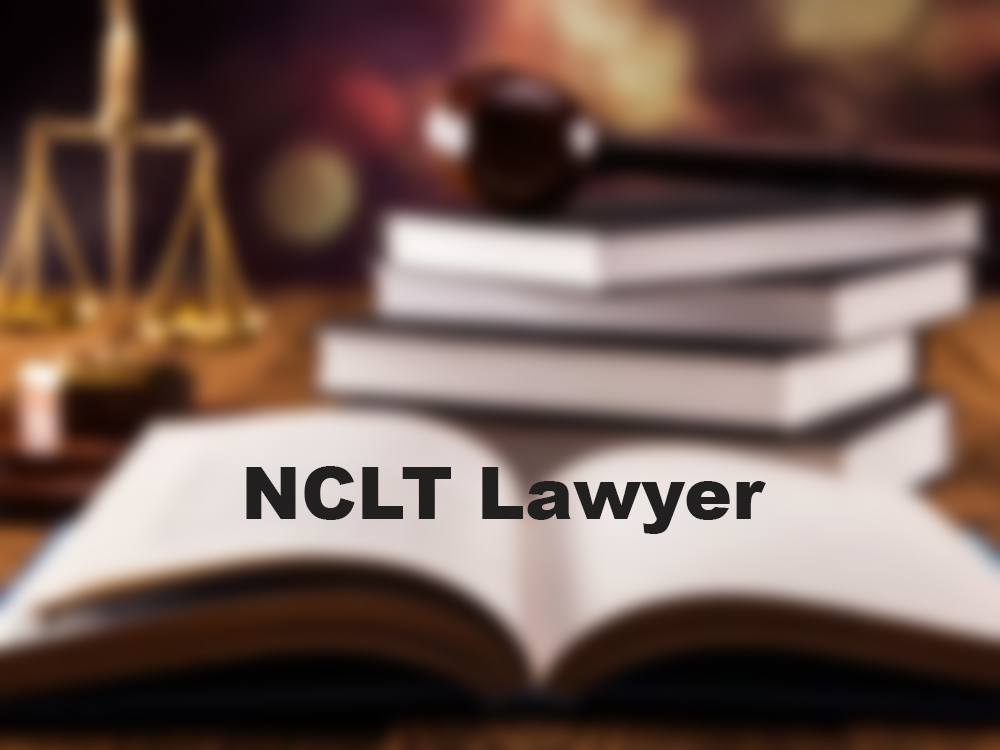
What is Insolvency Petition?
What is Insolvency Petition? Insolvency Petition Explained in Detail
An insolvency petition is a formal legal process initiated in court, where either a debtor (owing money) or a creditor (owed money) requests the court to declare the debtor insolvent. This essentially means the debtor is unable to meet their financial obligations. Filing the petition triggers a series of legal procedures to manage the debtor’s assets and distribute them fairly among creditors.
Key characteristics of an insolvency petition:
- Initiation: Can be filed by either the debtor (voluntary) or a creditor (involuntary), subject to specific conditions.
- Purpose: To resolve the debtor’s financial insolvency and distribute assets equitably among creditors.
- Court involvement: A judge oversees the process, reviews evidence, and makes decisions.
- Outcome: If accepted, the court declares the debtor insolvent and appoints an official (receiver or trustee) to manage their assets.
Types of Insolvency Petitions:
- Debtor’s Petition: The debtor themselves initiates the process, seeking relief from debts and a structured way to resolve their financial situation.
- Creditor’s Petition: A creditor initiates the process against a debtor who exhibits signs of insolvency and fails to fulfill their obligations.
Grounds for Filing:
- Debtor’s inability to pay debts as they fall due.
- Debtor committing an “act of insolvency,” such as:
- Assigning assets to creditors without court approval.
- Failing to satisfy a court judgment within a specific timeframe.
- Entering into an unapproved debt settlement with creditors.
Effects of a Successful Petition:
- Debtor becomes bankrupt: Legal protection from creditor actions while the process unfolds.
- Assets managed by a receiver/trustee: Appointed by the court to inventory, value, and potentially sell assets to repay creditors.
- Creditor claims assessed and prioritized: Different types of creditors may have various claims and repayment order.
- Debt discharge (potential): After settling claims with available assets, the debtor may be discharged from remaining debts, subject to conditions.
Alternatives to Insolvency Petition:
- Negotiated settlements: Debtor and creditors agree on a repayment plan outside court.
- Voluntary arrangements: Similar to negotiated settlements, but formalized and overseen by a court.
- Debt consolidation loans: Combining multiple debts into one new loan with potentially lower interest rates.
Seeking Legal Advice:
Considering the complexities and legal implications of an insolvency petition, seeking professional legal advice is crucial. A lawyer can guide you through the process, assess your eligibility, represent you in court, and protect your interests effectively.
I hope this detailed explanation provides a comprehensive understanding of insolvency petitions. Remember, I cannot offer specific legal advice, and consulting a qualified lawyer is essential for navigating your individual situation.
Adcocate J.S. Rohilla (Civil & Criminal Lawyer in Indore)
Contact: 88271 22304
